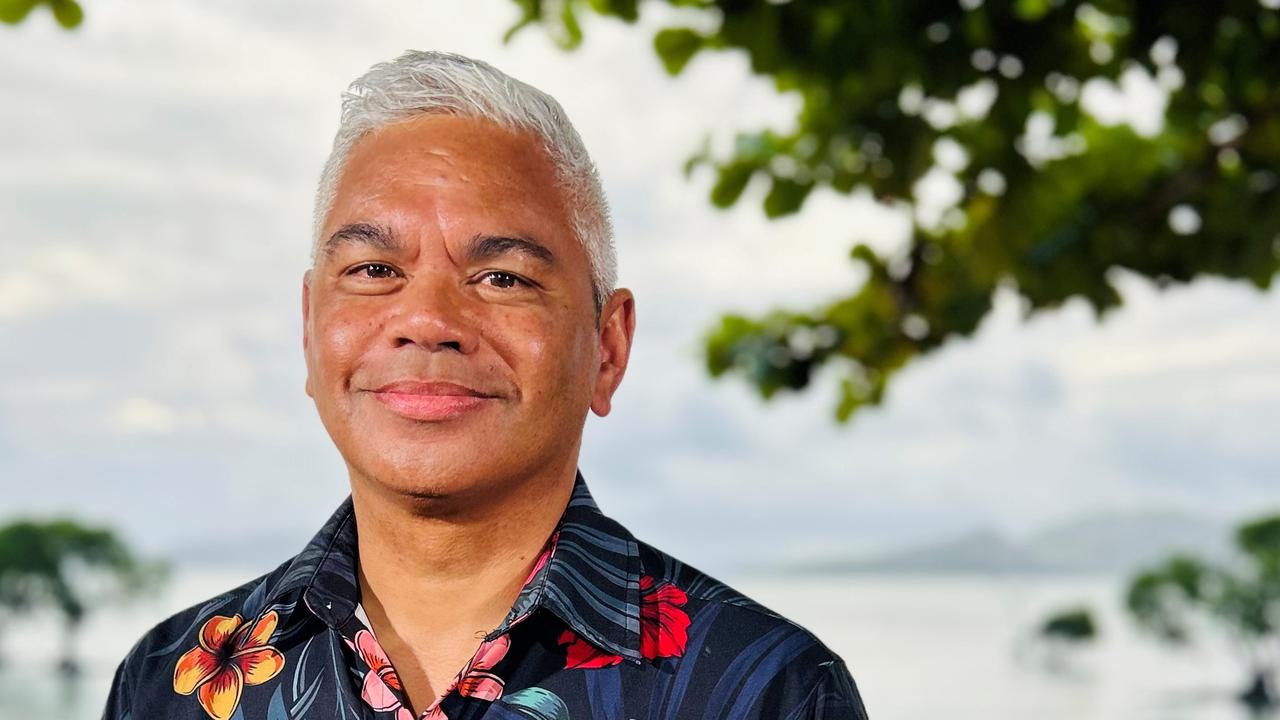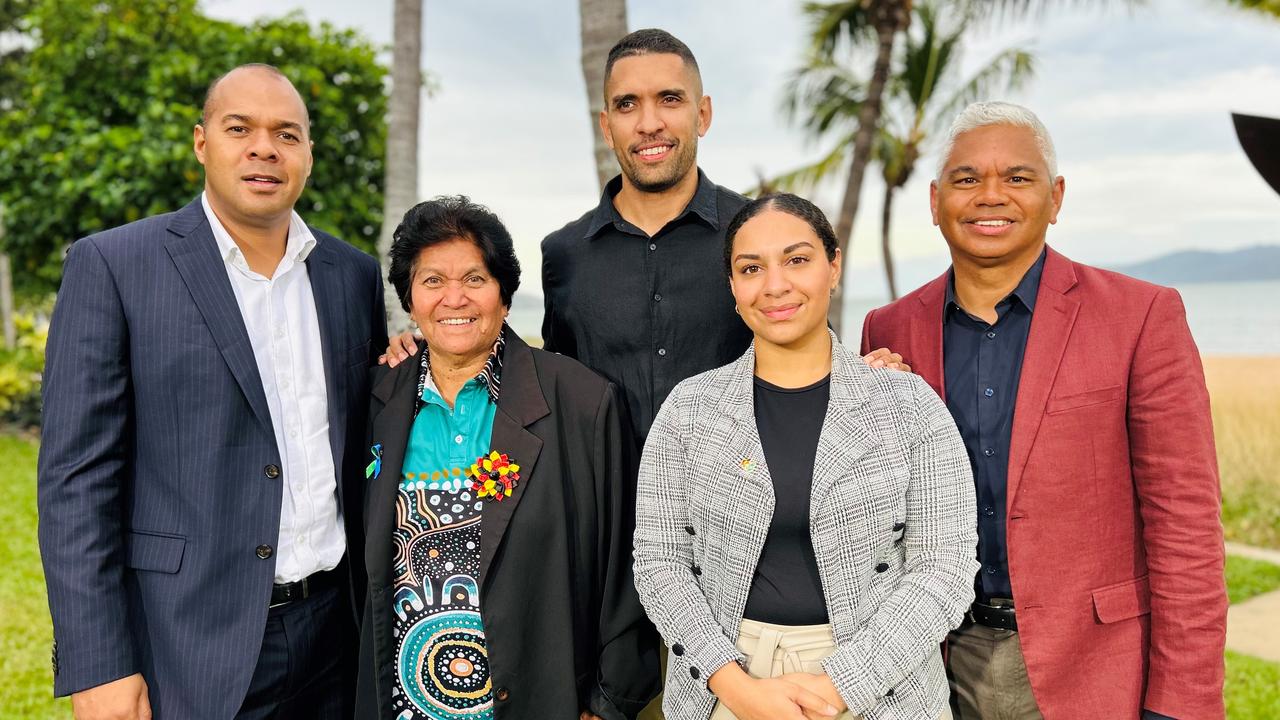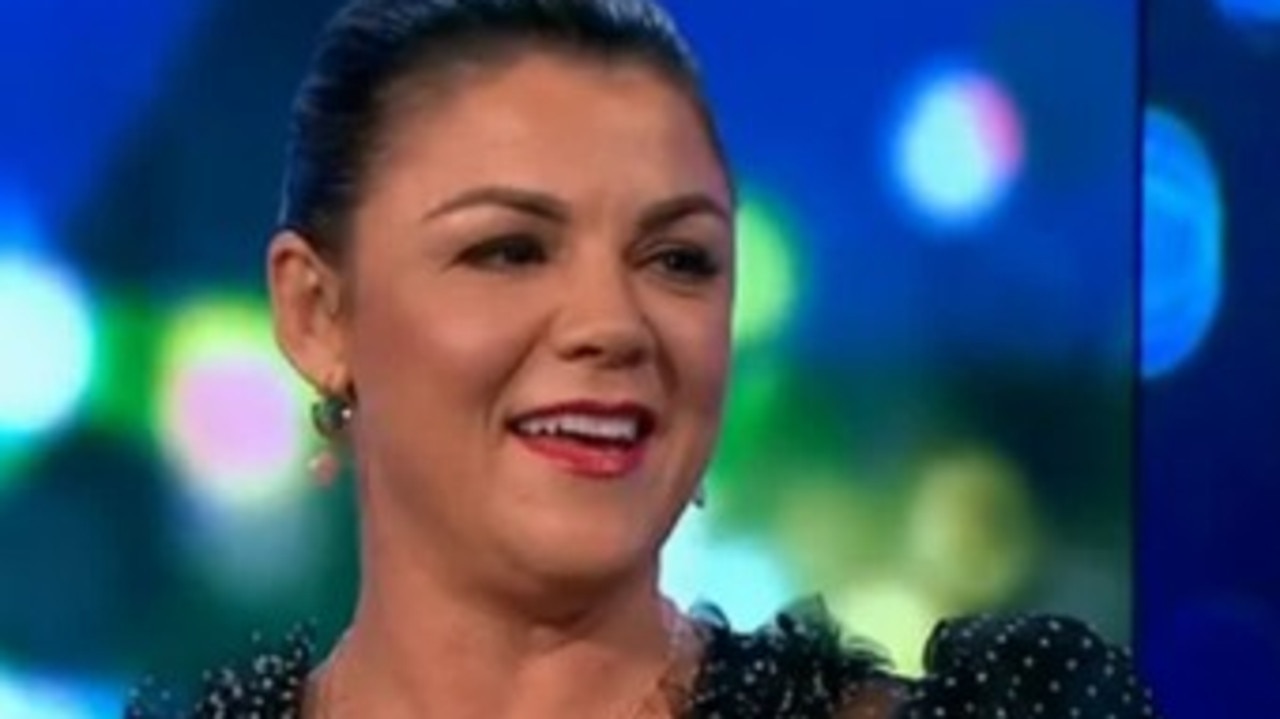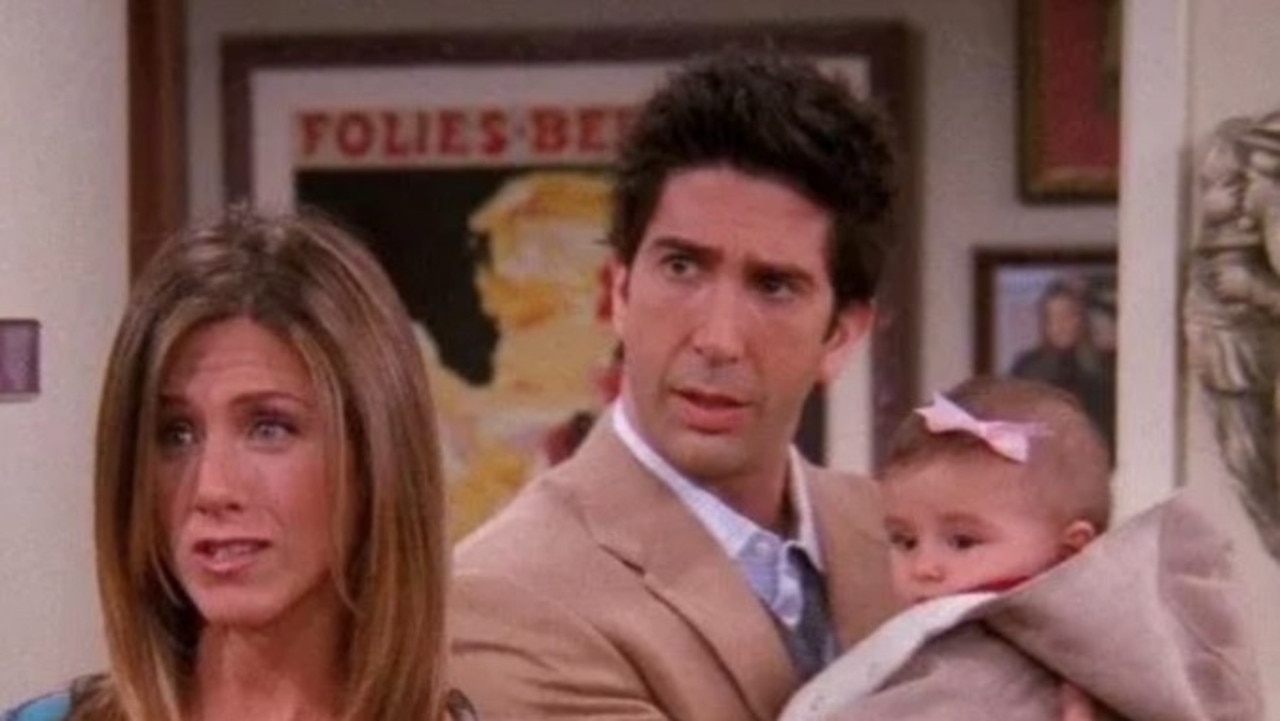How one Aussie island went from prison to ‘paradise’
NITV presenter John Paul Janke travels to Palm Island, a place that has been in the media over the years for all the wrong reasons.

I was taught nothing about Palm Island’s ‘Magnificent Seven’ at school.
Zip. Zero. A missing page in our nation’s history book.
I studied Ned Kelly, other bushrangers, inland explorers who toiled and battled against all odds. Of Australians – like at the Eureka Stockade – who fought against the odds, fought dislocation, oppression, and discrimination.
But I was never taught about ‘The Magnificent Seven.’
Seven Indigenous men arrested in June 1957 at gunpoint in the dead of night on the infamous ‘Aboriginal Settlement’ of Palm Island, 70 kilometres north-east of Townsville.
Their so-called crime? Demanding to be treated with dignity, respect, and equality.
The seven are part of our nation’s story. The Story of Us.
But they are not the story this nation wants to tell.
Back in 1914, the Queensland Government had established what they called an Aboriginal Settlement on Palm Island. It soon earned a reputation as being one of the harshest Aboriginal settlements in Australia.


Thousands of First Nations peoples from across Queensland were forcibly removed and relocated to the island – in effective exile – after being branded ‘troublemakers.’
In addition to ‘troublemakers’, people were sent to Palm Island for offences such as drunkenness, being unemployed, being found off an Aboriginal reserve, asking for wages, for being deemed to be “half-castes” or just being a nuisance.
Their removal and exile was done under the oppressive 1897 Aboriginal Protection and Restriction of the Sale of Opium Act – more commonly referred to as “the Act”.
From 1918 to 1972 almost 4000 people from more than 40 different tribal groups were thrust together on Palm Island. Their lives were subject to the dictatorial control of a succession of superintendents. A rigid work regime, police brutality and constant surveillance were accompanied by poor quality rations and shelter.
The settlement bell rang each morning at 8am, which was the signal for everyone to line up for parade and for allocation of work for the day. Anyone missing was punished by being deprived of food. At 9pm each night, the bell rang signalling the shutting down of electricity.
Residents including children were confined in segregated, wire-enclosed “dormitories”, officially designated as ‘Industrial Schools’. Certain streets and areas were for “whites only’ and residents were even forced to salute all whites.

In June 1957 they’d had enough. Enough of appalling working conditions on the island, unpaid wages, and the authoritarian and racist management of the settlement.
One resident – Albie Geia – was threatened with deportation from the island after being accused of disobeying an overseer. He refused to leave, and the community rallied around him.
Geia and six others led the community in a 5-day strike. They were: Geia, William Thaiday, Eric Lymburner, Sonny Sibley, Bill Congoo, George Watson and Gordon Tapau.
Armed Police reinforcements rushed from the mainland to put down the disturbance, conducting raids on the homes of the strike leaders. The seven ‘ringleaders’ and their families were rounded up and marched on board a launch at gunpoint before being deported in leg irons to other Aboriginal settlements and forever banished from the island.
The strike leaders came to be known as “The Magnificent Seven”.
Today Palm Island – known as Bwgcolman to the locals – is literally and metaphorically breaking free of the shackles of a dark history punctuated by unrest and negative commentary to be a welcoming paradise.
As the ebb tide flattens out the water across Coolgaree Bay, I sit down with Alf Lacey, the Mayor of Palm Island Aboriginal Shire Council.
He passionately describes Bwgcolman as one of the most unique communities in the country that has overcome many challenges to continue the staunch legacy of past elders.
These days, Palm Island has a population of over 2500 people. It’s a hive of activity. Local businesses and community organisations dedicated to creating a better future for Bwgcolman. Its administration is run by an all-Aboriginal Shire Council determined to write their own narrative.
Bwgcolman is transforming itself from an Island once declared “the most violent place on earth outside a combat zone” into a community focused on a prosperous future.
In addition to the 5-member Council, the community-controlled not-for-profit Palm Island Community Company delivers human services, community capacity building and economic development programs on the Island.
The Council has also developed a masterplan balancing cultural, tourism, commercial, retail and recreation opportunities for the community. Development of walking experiences, accommodation and re-introducing cultural events are seen as a way of building sustainable economic ventures.
Upgrading infrastructure, revitalising the town centre, constructing new houses, and investigating a model of home ownership for residents is also on the Council’s priority list.
Last year, the Council established a night patrol to engage with youths wandering around at night. Earlier this year, it was bolstered with a $1.3m commitment from the federal government.
The Island is boldly powering ahead.

As I crisscross the island, chatting to locals at the shops, in the park, on the beach and on the streets, several ask if I’m coming back later in the year for the 20th anniversary of the death in custody of Cameron Mulrunji Doomadge.
It’s a moment in November that the Island will gather to honour and remember the popular 36-year-old father who died back in 2004.
I remember seeing the events unfold from afar.
Doomadge arrested by Senior Sargent Chris Hurley, for being a public nuisance.
Forty-five minutes later, he was dead in the Palm Island police cell from severe internal injuries, which were later compared in court to those of a plane crash victim.
I recall watching the media coverage as it unfolded. The grief and frustration of the community seeking answers. Their response and then the Queensland government declaring Palm Island a state of emergency and flying in riot police.
(Senior Sergeant Chris Hurley was eventually acquitted of manslaughter.)
The segregated conditions on the Island were only lifted in the 1970s and the last vestiges of the notorious Aborigines Protection Act were only finally abolished in 1984.
A memorial to the Magnificent Seven sits proudly beside where the mission bell once rang out, not far from the island’s Ferry terminal. Featuring the names of the brave men and their families who stood up for the rights of all Palm Islanders during Strike ’57, it reiterates their catchcry: Go For Broke!
As my short stay on Palm Island comes to a close, it’s the words of Dr Robert Blackley, who works at the island’s Joyce Palmer Aboriginal Health Service, that puts my experiences into perspective.
“We always say: Palm’s not going anywhere.”
“The history of sending people here thinking that Aboriginal people would die out, and we never did and we’re a strong Bwgcolman community.”
The Point: Road Trip airs Tuesdays at 7:30pm on NITV and is available to stream free on SBS On Demand.





